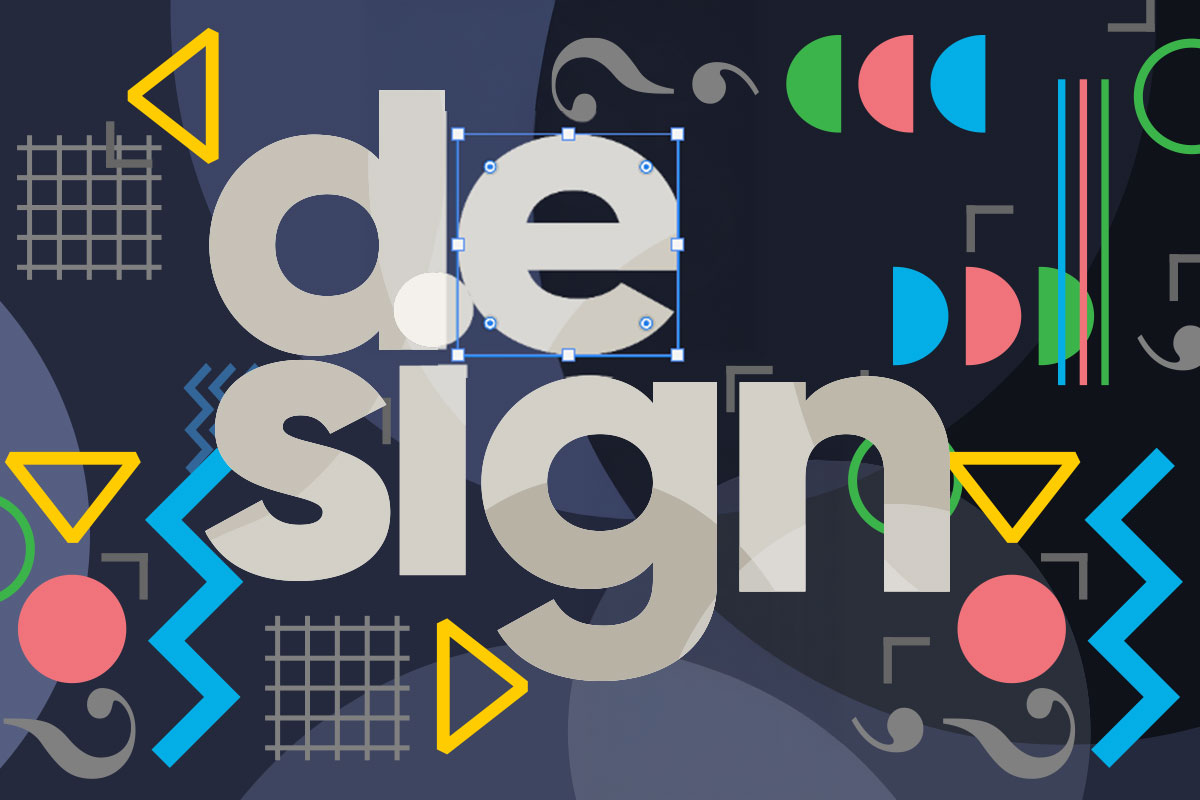The Healing Power of Art: Why It Matters
Art has long been celebrated for its ability to move, inspire, and evoke emotion. But beyond its aesthetic appeal, art has a profound ability to heal, both physically and emotionally. In a world filled with stress and challenges, art provides an outlet for expression, a space for reflection, and a tool for recovery. The concept of Healing Through Artistic Expression is not just an abstract idea; it is a deeply impactful process that touches the mind, body, and soul.
Art as a Path to Inner Peace
When words fail, art speaks. Artistic expression offers a unique way to communicate feelings that are difficult to verbalize. Whether it’s painting, drawing, sculpting, or dancing, the act of creating art allows individuals to channel their inner emotions into a physical form. This is particularly powerful for those grappling with trauma, grief, or mental health issues. Art as a Therapeutic Tool enables individuals to release pent-up emotions in a safe and creative environment.
In fact, the mere process of making art can induce a state of mindfulness. As individuals focus on colors, textures, and shapes, their minds shift away from anxieties and into a state of flow. This immersive experience reduces stress, lowers cortisol levels, and promotes relaxation. Art becomes a meditative practice, calming the mind and helping people find peace amidst chaos.
Art Therapy: A Path to Recovery
The formal practice of art therapy has gained recognition as an effective method for treating emotional and psychological issues. Licensed art therapists guide individuals through creative processes to help them explore their feelings, reconcile emotional conflicts, and improve their self-esteem. The Transformative Impact of Art Therapy is seen in its ability to unlock deep-seated emotions that traditional talk therapy may not reach.
For individuals dealing with conditions like depression, anxiety, or post-traumatic stress disorder (PTSD), art therapy provides a non-verbal way to process pain and trauma. For example, a person recovering from a traumatic event may find it difficult to articulate their experience, but through drawing or painting, they can express their emotions symbolically. This process not only fosters emotional release but also gives individuals a sense of control over their recovery journey.
Art therapy has been shown to improve cognitive functions, enhance memory, and boost overall well-being. It’s used in hospitals, rehabilitation centers, and therapy offices worldwide as a means to help patients heal on multiple levels.
The Importance of Art in Healing
In times of illness, loss, or emotional struggle, art can provide a sense of comfort and hope. The Importance of Art in Healing lies in its ability to foster connection—both with oneself and with others. Art brings people together, creating a shared space for healing and understanding. It can be a solitary act, allowing for personal reflection, or a communal one, fostering empathy and support within groups.
In hospital settings, art programs are increasingly being integrated into patient care. Studies have shown that patients exposed to art experience reduced pain levels, shorter hospital stays, and lower levels of anxiety. Murals, paintings, and sculptures in hospitals not only enhance the aesthetic environment but also contribute to a healing atmosphere, lifting patients’ spirits and aiding in recovery.
Moreover, art in public spaces can foster healing on a larger scale. Community art projects, such as murals or collaborative installations, allow individuals to express collective grief, celebrate resilience, or commemorate events that have shaped their communities. In this way, art serves as both a personal and societal tool for healing.
The Transformative Power of Creation
Art transforms not only the viewer but also the creator. Engaging in art provides a sense of accomplishment and empowerment. It helps individuals reconnect with their creativity, a force that often becomes dormant in adulthood. For those who feel stuck, art offers a way forward, a path toward personal growth and transformation.
For children, creating art fosters imagination and problem-solving skills, but it’s also a way for them to process emotions and navigate difficult experiences. For adults, returning to artistic practices from childhood can rekindle joy and wonder, helping them reconnect with their inner selves.
The Transformative Impact of Art Therapy goes beyond the individual—it also has a ripple effect, influencing relationships, communities, and even cultures. Through art, people can engage in a process of self-discovery and healing, which ultimately leads to a greater understanding of others. In a world that often feels disconnected, art bridges the gap between hearts and minds, fostering a deeper sense of unity and compassion.
Conclusion
Art is more than just a means of creative expression; it is a powerful agent of healing. From personal recovery to community transformation, the role of art in healing is undeniable. By offering a safe space for emotional release, fostering connection, and promoting self-awareness, Healing Through Artistic Expression has the power to transform lives. The integration of Art as a Therapeutic Tool in various settings—from hospitals to community centers—demonstrates the importance of art in the healing process.
In a world where stress, trauma, and emotional wounds are increasingly prevalent, art remains a timeless balm for the soul. Its ability to soothe, inspire, and heal is a testament to the enduring power of human creativity. Whether through personal practice or professional therapy, art opens doors to healing that no other medium can quite match. And for those who embrace it, the journey through art is one that leads not just to recovery, but to a renewed sense of hope and possibility





